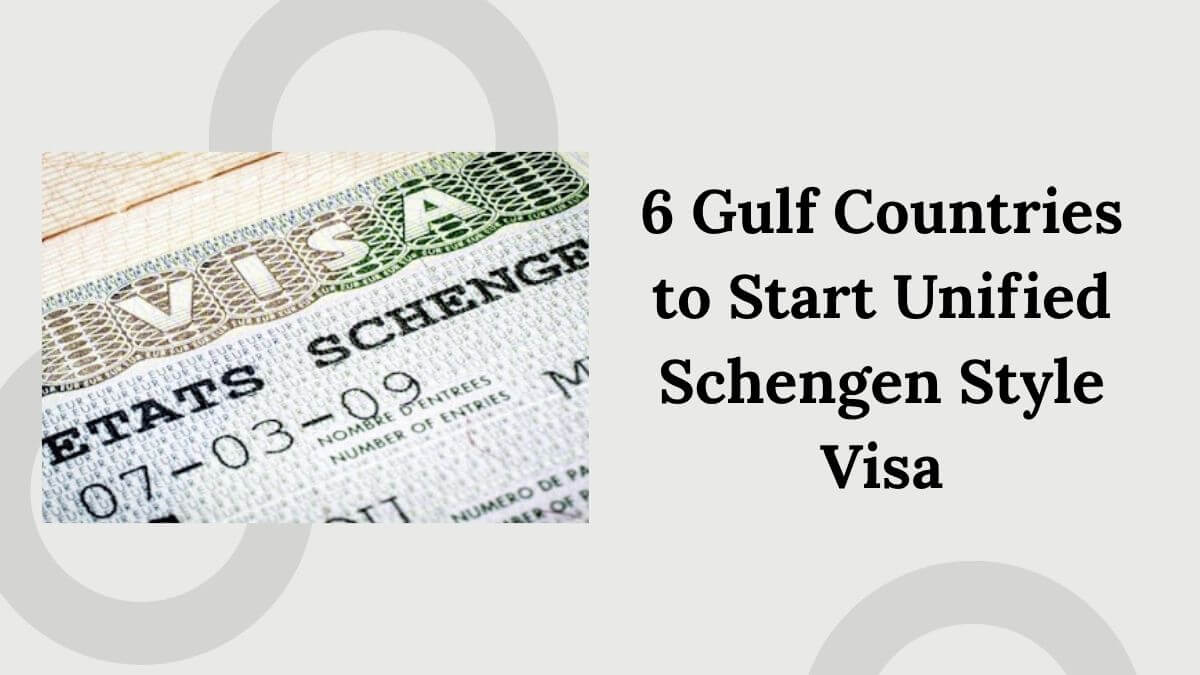Countries Affected by New US H-1B Work Visa Policy

The US government has put new limits on the H-1B visa, which has shocked the global skilled-worker community. The H-1B visa has long been seen as the most coveted way for foreign professionals to work in America’s tech and creativity sectors.
The proclamation, which was signed on September 19, 2025, requires all new H-1B visa applications to include an extra $100,000 payment. It also makes it harder for people from certain countries to get into the country.
What the New H-1B Policy Means?
The White House issued a proclamation called “Restriction on Entry of Certain Nonimmigrant Workers.” This means that companies who want to bring in foreign workers through the H-1B program must now pay an extra $100,000 for each new petition they file.
This rule holds true for:
- All new applications for H-1B visas from workers outside of the United States.
- People who already have an H-1B visa won’t be affected right away unless they leave the U.S. and request for entry.
It is said that this new fee is meant to “prioritize U.S. employment stability” and “ensure that American workers are not displaced by underpaid foreign labor.” But experts on immigration say it could make it very hard for small and medium-sized tech companies that depend on foreign workers to get the people they need.
Check Also: 6 Gulf Countries to Start Unified Schengen Style Visa
Countries Fully Banned from U.S. Visa Entry:
Along with the H-1B cash limit, a wider entry ban was put in place earlier in June 2025, which targeted people from a number of different countries. There are now restrictions on visiting the United States for people from 12 countries, unless they are eligible for a special exemption. These restrictions apply to all types of visas, including H-1B.
Twelve countries have a full visa ban on the H-1B visa:
- Afghanistan
- Burma (Myanmar)
- Chad
- Republic of the Congo
- Equatorial Guinea
- Eritrea
- Haiti
- Iran
- Libya
- Somalia
- Sudan
- Yemen
At the moment, people from these countries can’t get H-1B visas or come to the U.S. to work or study.
Countries Under Partial Visa Restrictions:
Seven countries are also partially restricted, which means that tourist (B-1/B-2), student (F, M, J), and exchange cards cannot be used in those countries. The good news is that these partial limits do not apply to the H-1B category.
Some countries aren’t eligible for an H-1B visa:
- Burundi
- Cuba
- Laos
- Sierra Leone
- Togo
- Turkmenistan
- Venezuela
People from these countries may still be able to get H-1B work visas, but they won’t be able to move as easily.
Who Is Still Eligible for H-1B in 2026?
Even with the new $100,000 fee, the H-1B program is still open to most countries, such as India, Pakistan, the Philippines, China, and EU member states. But the higher costs might change how companies pick candidates, favoring those in in-demand technical or scientific fields where wages are high enough to cover the extra cost.
USCIS has stated that applications that were already being processed before the date of the proclamation will continue with the old fee structure.
Key Takeaways:
- New H-1B Supplemental Fee: $10,000 for each new petition (for workers from outside the U.S.)
- Effective Date: September 19, 2025
- Existing H-1B holders: Not changed unless they leave and reapply
- 12 Countries: Not able to get a U.S. visa at all
- 7 Countries: Limited in some ways (H-1B visas can still be used)
- Goal: Protect the U.S. job market and cut down on visa abuse.
Conclusion:
The H-1B program has long been a sign of America’s ability to draw skilled workers from around the world. With the new $100,000 extra fee and stricter entry restrictions, policy has changed in a big way that could affect how people move between countries in 2026 and beyond.
The message is clear for both companies and skilled workers: getting a job in the U.S. just got a lot more expensive and selective.
Frequently Asked Questions:
What is the new US H-1B Work Visa policy?
Foreign workers in specialty jobs can only be hired in the US if they have an H-1B visa. Updates to eligibility requirements, salary limits, and processing rules are some of the most recent changes.
Which countries are most affected by the H-1B visa changes?
Anyone from any country can apply for an H-1B visa, but countries like India, China, the Philippines, and Canada that have a lot of applicants may be affected the most by the new rules on how the draw works, how much people can earn, and how visas are given out.
How does the policy affect foreign workers?
This rule might affect:
The least amount of money that H-1B visa users must make
The chances of getting chosen in the H-1B draw
Processing times for applications and approvals
Dependents (H-4 visa users) who are eligible



